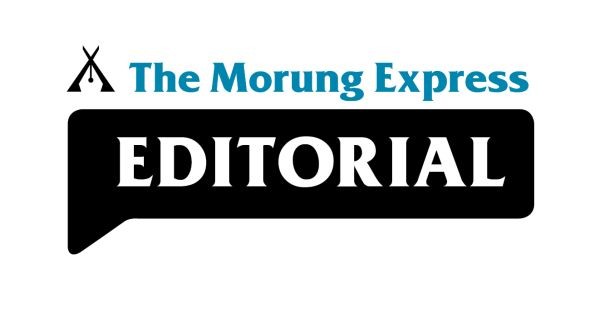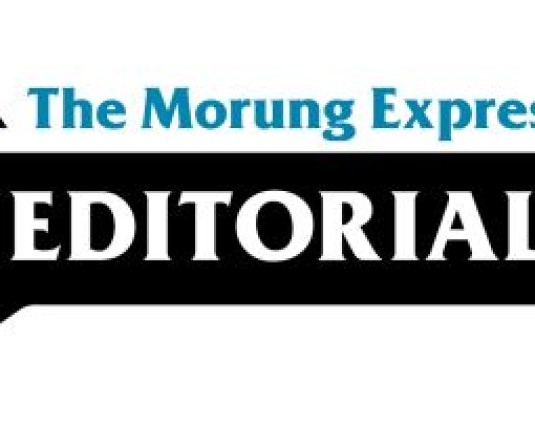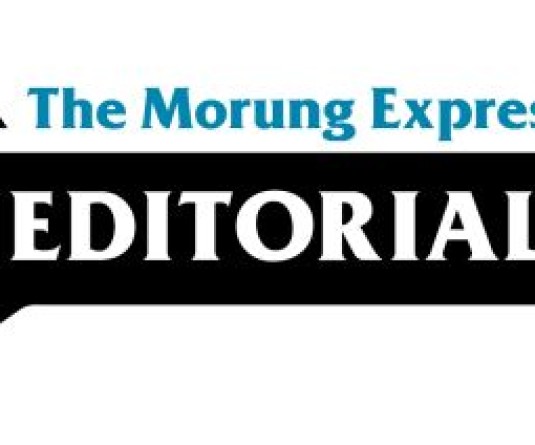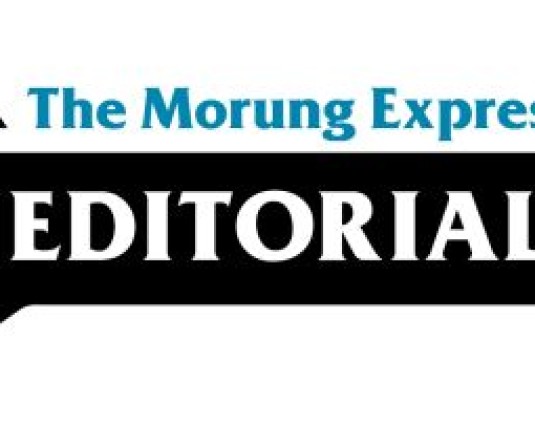
Aheli Moitra
What is common to an indigenous woman, a child, a person with a disability, a transgender person, a person living under military rule, a dalit person and a migrant worker?
They are often the oppressed in a society ruled by the privilege of gender, ability, caste, class or origin. They are repressed through laws and social norms made by the privileged.
Much like the indigenous woman, what if a person falls under an overlap of these categories?
A North East migrant who is a transman or transwoman and suffers from a physical disability is more prone to abuse—this could be due to prejudice from either one of the identity categories s/he belongs to, or all. S/he could be facing discrimination on the lines of xenophobia, racism, transphobia, abelism, homophobia, classism or all.
To understand this overlap (of race, class, gender, ability etc.) and how it affects individuals, Kimberlé Crenshaw, in 1989, introduced the term ‘intersectionality.’ In a TEDWomen Talk in 2016, she described it thus: “if you're standing in the path of multiple forms of exclusion, you're likely to get hit by both/all.” To address this, a new framework is required—intersectionality.
Let us take the example of a Naga person from the LGBTIQ (lesbian, gay, bisexual, transgender, intersexed, queer) community. S/he faces multilayered exclusion. Emotional and psychological trauma comes from family, friends, neighbours and church as her sexual identity is rejected, which may turn violent in the face of patriarchy. S/he is often less educated after being rejected from the community and reduced to begging when no employment comes her way. Add to this the Armed Forces Special Powers Act and having to survive under military rule of the state and non state. When s/he is in a neighbouring state, s/he is discriminated for being Naga. S/he has no political representation and no one to speak on her behalf—s/he has no family, no clan, no village council, no tribe, no union, no state, no parliament, sometimes no bank account, and definitely no seat at the ‘peace process’ table. Even if, and when, there is self-determination for the Naga people, s/he will remain in her shanty at the margins. Put together, s/he will face total social-political-economic isolation.
To address this, we must recognize that her experiences are different to our own and complicated by being on the crossroads of multiple forms of oppression. We have to create space for people on these margins to stand up and tell their story without fear. Intersectional analysis is possible when we allow them to speak of their trauma publicly, are able to sympathize with them and become allies in their fight against injustice. For, s/he may have unique odds stacked against her, but many of us identify with many of her odds. It is when we come together in addressing these injustices, in their holistic as well as separate ways, that we come to the heart of injustice, and eventual liberation.
Intersectionality provides the way forward.
For more, please write to moitramail@yahoo.com





